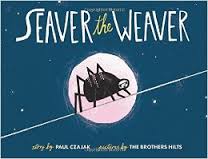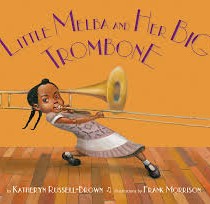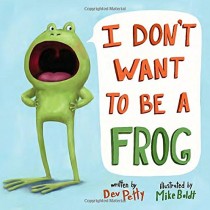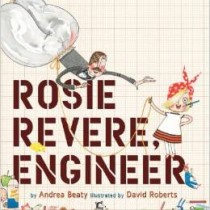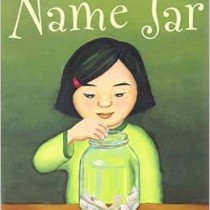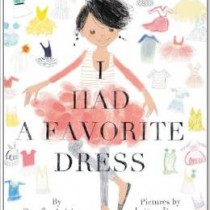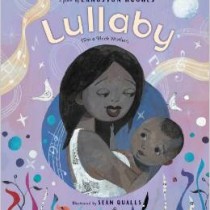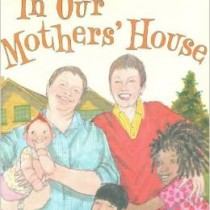Children love banging out music. From their first toddler foray wielding spoon against a pot or a pan, they respond with joy, enthusiasm and persistence. But for some kids music offers much more than an outlet. It is who they are and how they connect to their deepest feelings and express themselves. Melba Liston was one such child. She connected with her talent at a very young age. Little Melba and her Big Trombone by Katheryn Russell-Brown illustrated by Frank Morrison is based on her life ... The AQ* (Adoption-attunement Quotient) potential in this story is easy to capture. This story celebrates a child's innate talents and it highlights how her family encouraged and helped develop her gift. As adoptive parents we have the same opportunity-- a duty really-- to look for the hidden talents that lie within our children--the gifts of their genetic heritage. Some families may find this effortless to accomplish. Perhaps their child's talents meld right in with the generational patterns of the family, for example, when an athletically-gifted child is adopted into a sport-loving family.) Or, the opposite might be true a bookish, creative child more at ease with a journal, drawing pencil or paintbrush joins the same family. This mismatch can be a source or tension or it can be an opportunity to broaden the family's identity, to embrace this new "flavor" to notice and appreciate it. Whether it is a stretch or a no-brainer match, a child's talents are a blessing, a light to be fostered and nurture. One of the greatest gifts we can give a child is to validate them--their thoughts, feelings, talents and their differences. When our children were grafted to our family trees, we all became permanently linked, permanently changed.
Continue reading →

